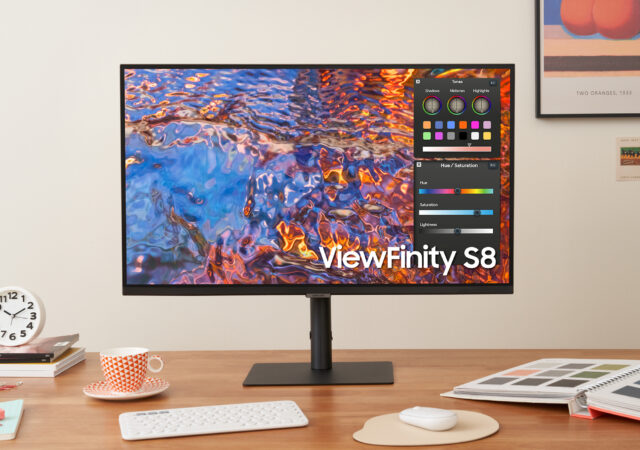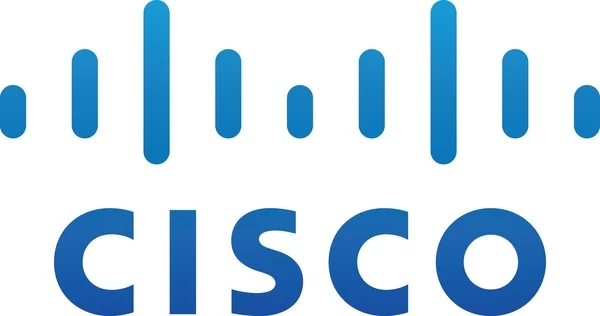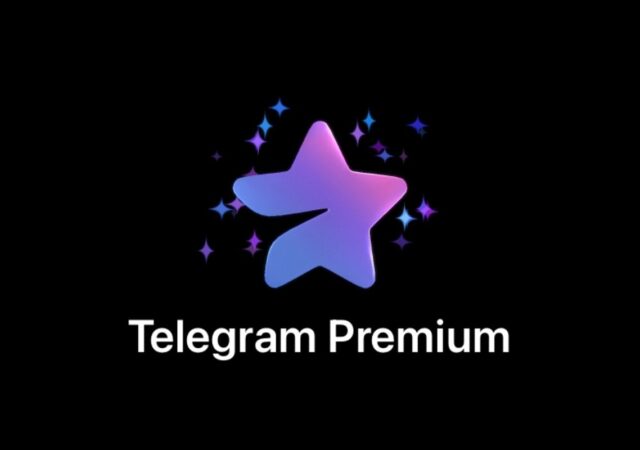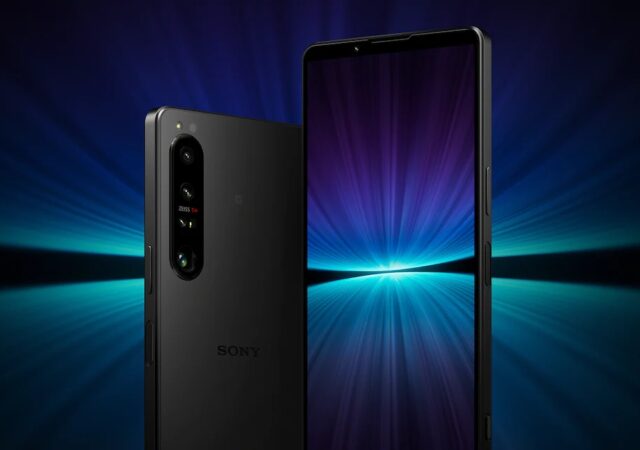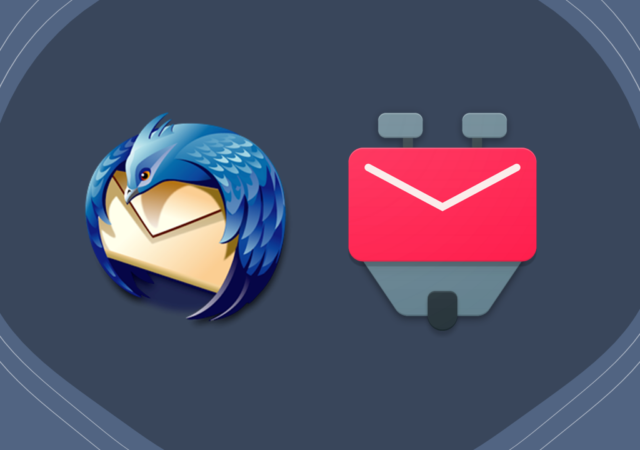The internet broke today. A large number of websites using Cloudflare saw their connectivity become nonexistent as the service experienced a P0 issue.
Samsung Announces Creator Focused ViewFinity S8 Monitor
Samsung announces a new creator-centric monitor with the new ViewFinity S8 series of monitor that bring colour accuracy and eco awareness.
Cisco Urges Customers to Upgrade to Avoid Vulnerability Exploit
Cisco seemingly forces customers to update to more current routers as a serious exploit comes to light.
WhatsApp Now Allows You to Hide from Select Contacts and Mute Users in Group Calls
WhatsApp has just updated their app and brought some new privacy control and group call controls to users.
Dare to Limit Break with ROG’s New Laptop Lineup in Malaysia
ASUS announces a brand new lineup of ROG (Republic of Gamers) laptops available now in Malaysia!
A New ASUS TUF DASH F15 Lands In Malaysia
ASUS TUF DASH F15 (2022) makes its official debut in Malaysia with prices starting at MYR4.699 powered by Intel’s 12th Generation Core i processors.
Sony Xperia 1 IV Available For Pre-order in Malaysia with Free WF-1000XM4
Sony’s latest flagship smartphone, the Xperia 1 IV, goes on pre-order in Malaysia for MYR6,099.
Mozilla Thunderbird Gets A K-9 on Its Mobile Journey
Mozilla Thunderbird is ready to be all grown up on both desktop and mobile. The company looks to be getting ready to move to mobile soon.
You Can Now Use Your Touch ‘n Go eWallet in Singapore
Touch ‘n Go eWallet expands payments to Singapore as they begin their reach beyond Malaysian shores in collaboration with Alipay+.




